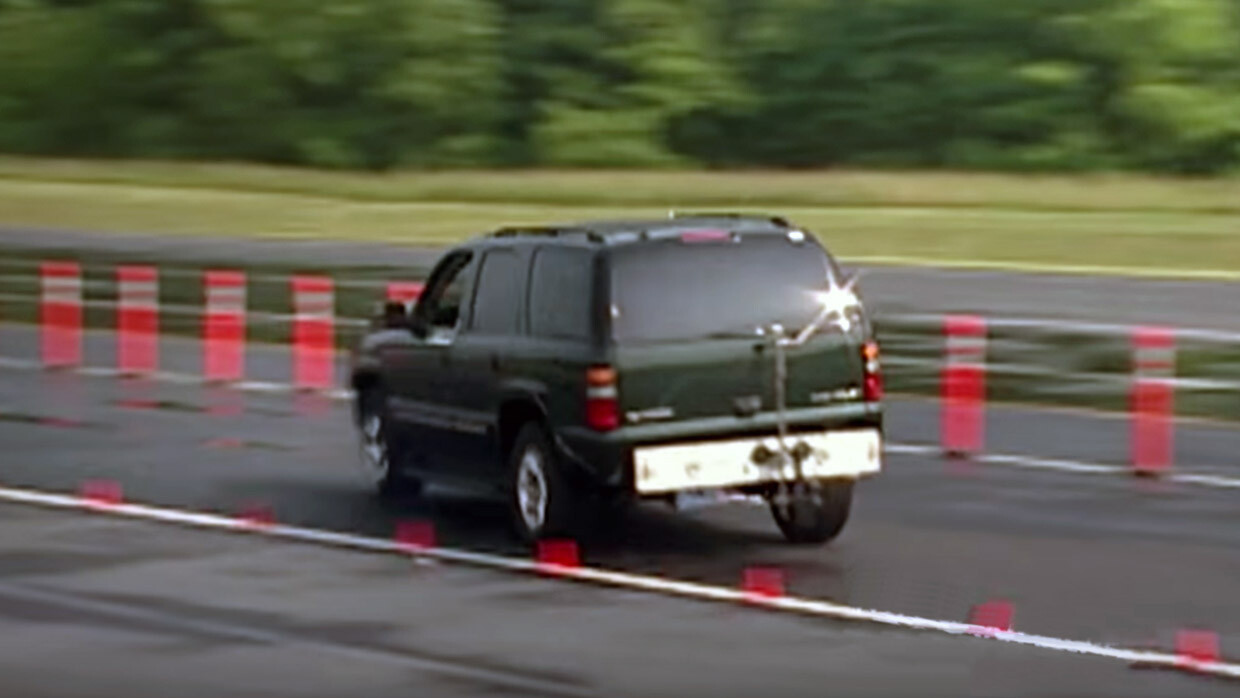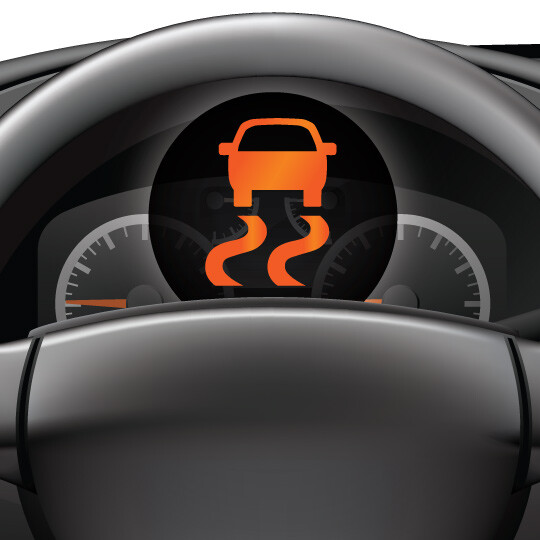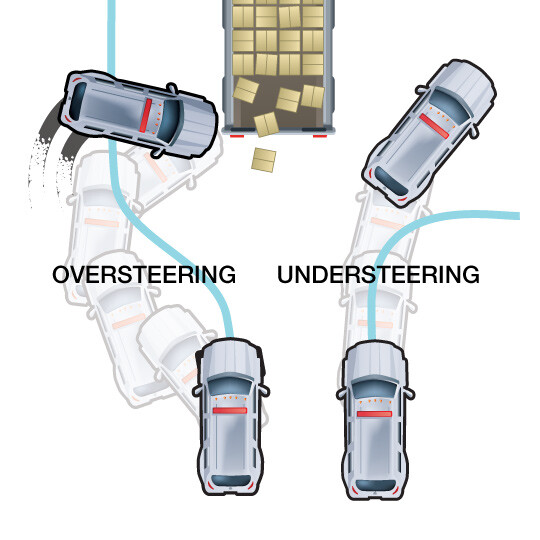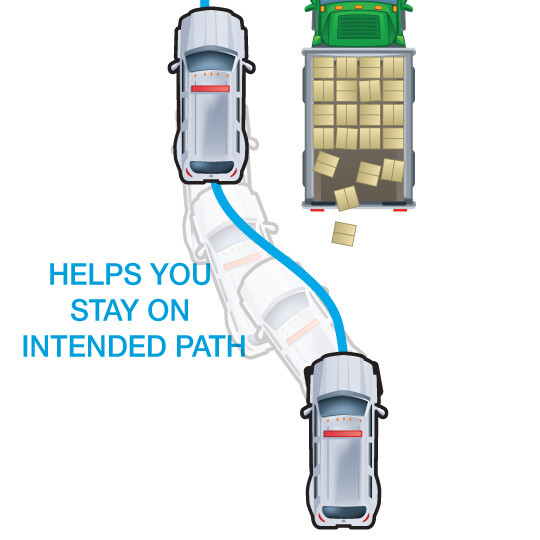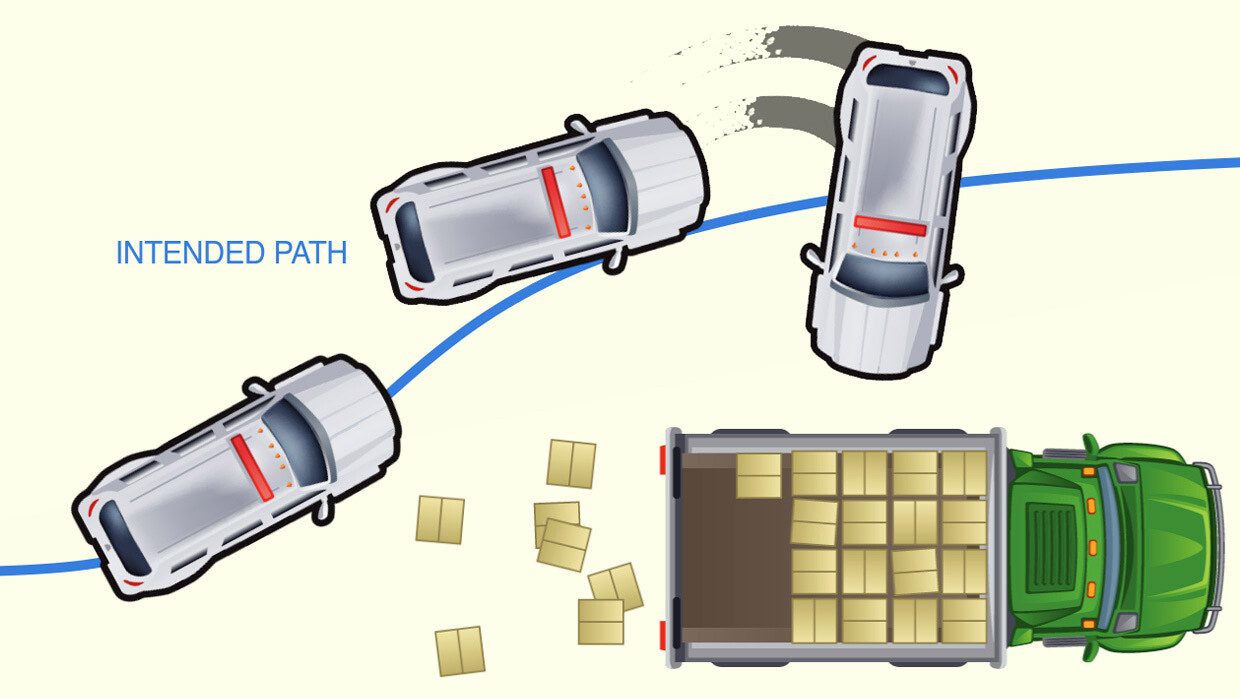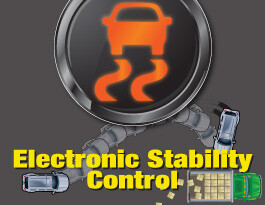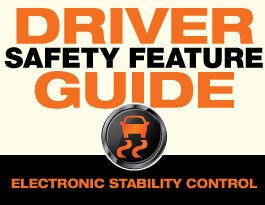New cars are designed to warn you as soon as ESC is malfunctioning. The government mandates that in cars made after Sept. 1, 2011, the malfunction icon or warning must remain active for as long as ESC is not working. The location and display of your specific car’s warning may be different depending on the manufacturer.
ESC relies on the anti-lock braking system (ABS) and the traction control systems to function; if one or both of those systems are not operating correctly, ESC is unable to help stabilize your car in emergencies. If you are receiving an ESC malfunctioning icon, it may mean there is something wrong with your ABS, traction control or your ESC system directly.
If you receive a warning, bring your car to your dealer or a mechanic as soon as it is safe to do so. When fixed, the malfunction warning should turn off in new cars the next time you turn on your car.

